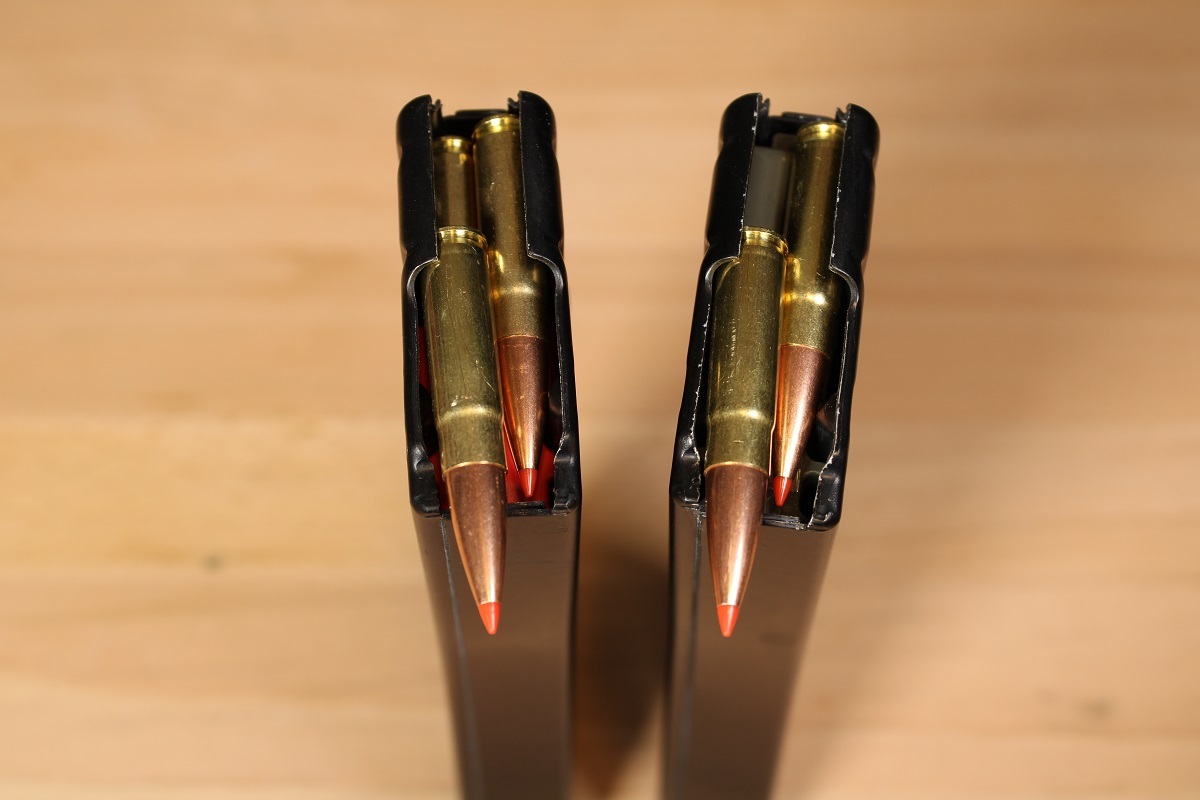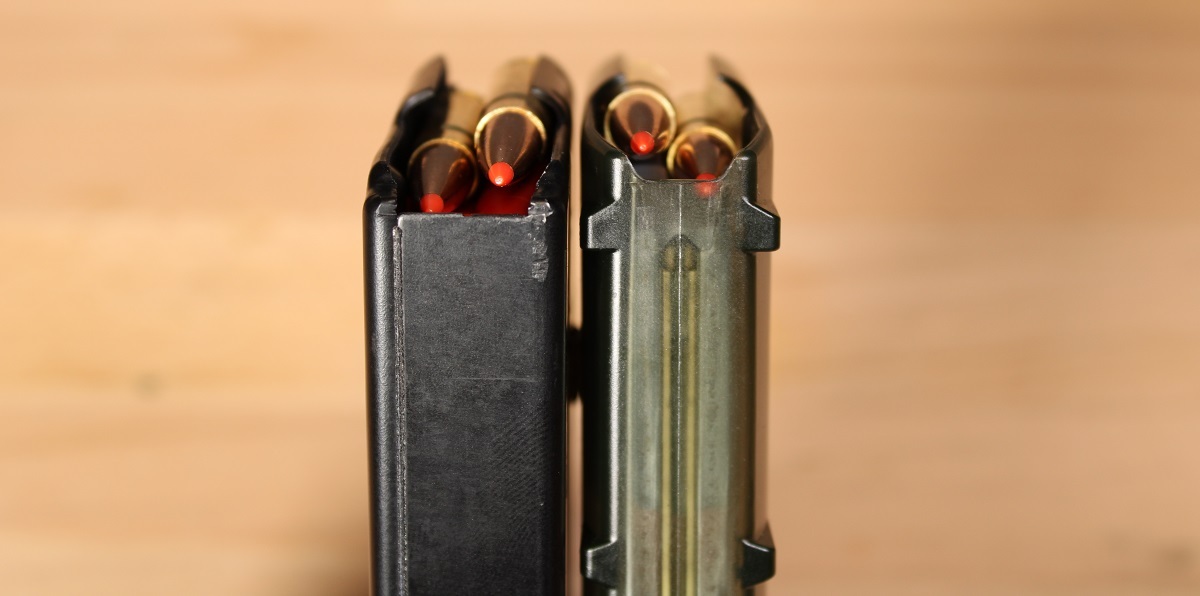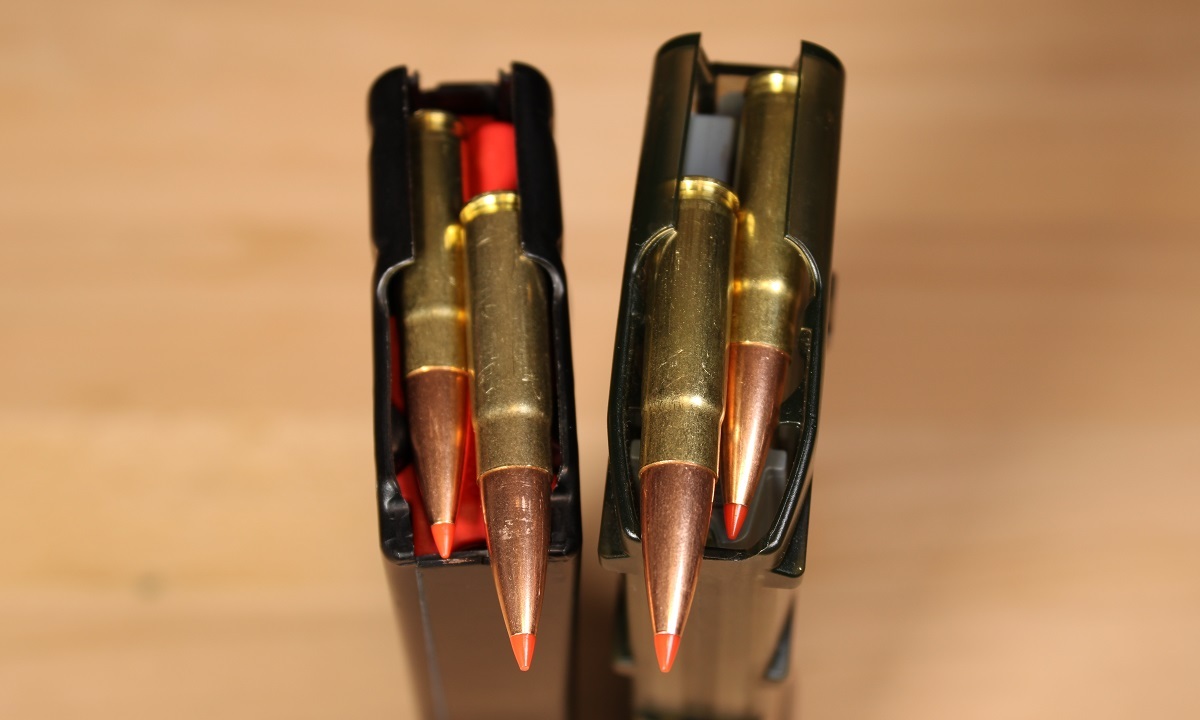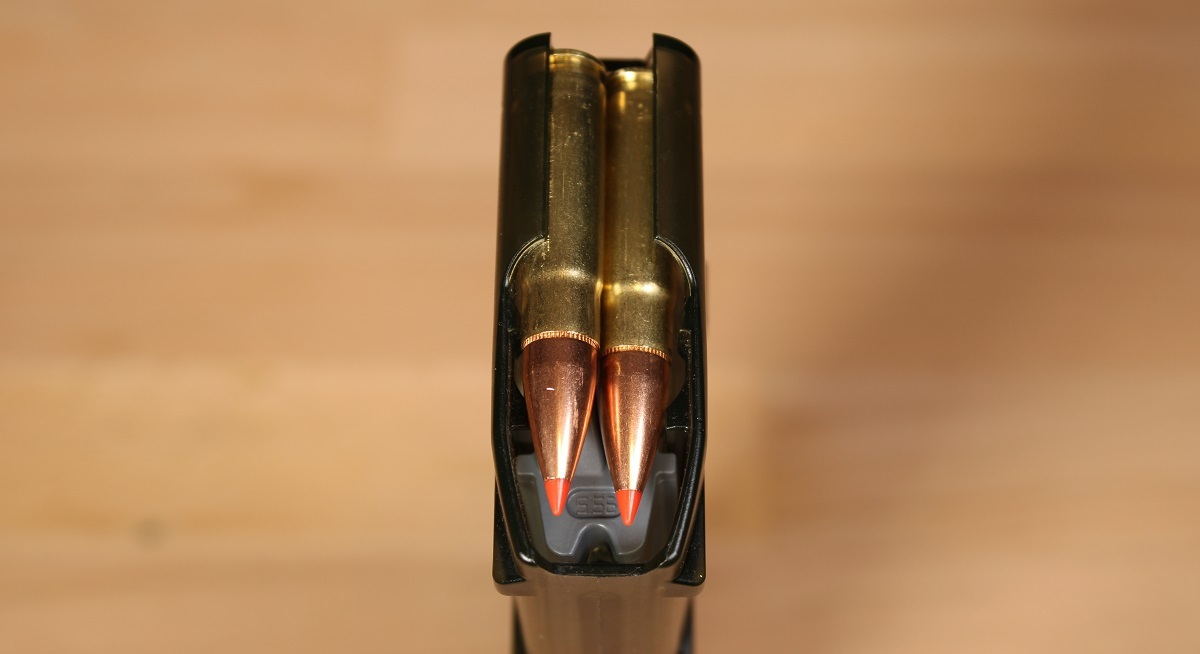Why You Shouldn't use (Some) 5.56 Mags for 300 BLK
Posted by 80-Lower.com on Apr 14th 2025
We've explained parts compatibility in our 300 Blackout AR-15 build guide. In that guide, we explained how, technically, the .300 AAC Blackout cartridge can be stacked in standard 5.56 NATO magazines -- but there's a critical caveat that needs to be covered.
The short n' sweet summary is this: Although 300 Blackout rounds can fit in a 5.56 or .223 magazine, you should buy 300 BLK-specific magazines to ensure reliable feeding, particularly if you're chambering subsonic ammo.
5.56 vs 300 BLK Magazines: What's Different?
We need to compare aluminum and polymer magazines to truly understand the differences between 300 Blackout and 5.56/.223 magazines.
Aluminum 300 BLK vs. 5.56 Magazines

The differences between aluminum 300 BLK and 5.56 magazines aren't so drastic. That's why it's generally acceptable to use these types of 5.56 magazines when chambering 300 Blackout rounds, including both short supersonic and longer subsonic loads.
Pictured above, it's easy to see both magazines have the same aluminum bodies, with the same feed lips, cuts, and front and rear openings. The key difference lies in the followers both magazines use.
The 300 BLK follower features a rounded guide, with the side stabilizers positioned more rearward to accomodate the 300 BLK cartridge's wider, longer bullets. The 5.56 follower features a wider and overall larger ramped design.

The 5.56 magazine's larger follower forces the 300 BLK round into a more canted position as it is stripped from the magazine. This can force the tip of the bullet to dig into the sides of the barrel extension's feed ramps as it is forced into the chamber. The 5.56 follower also forces the 300 BLK's casing to overlap the round beneath it more than is necessary; both of these factors can contribute to the round binding up as it's being chambered.
Polymer 300 BLK vs. 5.56 Magazines

Polymer 5.56 magazines provide even less room for the 300 BLK round to reliably chamber. Seen from the front and top, 5.56 polymer mags have taller walls and thicker, narrower lips, which are necessary to reinforce the magazine's body.

This even narrower opening, coupled with the larger follower, makes 300 BLK feed even more unreliably from polymer 5.56 magazines.
(Supersonic 300 BLK in 5.56 Mags Are Fine)

In all the comparisons above, we illustrated the challenges of loading 300 BLK in 5.56 magazines using subsonic loads. Supersonic 300 BLK rounds (pictured above, loaded in a polymer 5.56 mag) have significantly smaller, shorter bullets than subsonic loads. They will feed reliably in most 5.56 magazines, whetheer aluminum or polymer.
For subsonic loads, however, it is strongly recommended you invest in 300 BLK-specific magazines. Alternatively, you can modify existing 5.56/.223 magazines to cycle subsonic 300 BLK rounds by swapping out the follower. Note that certain polymer magazines with narrower lips and taller walls may still cause issues with feeding.
Want to build the perfect 300 BLK AR-15? Read our all-in-one build guide next!
DISCLAIMER: If you are new to the world of DIY gun building, you likely have a lot of questions and rightfully so. It’s an area that has a lot of questions that, without the correct answers, could have some serious implications. At GunBuilders.com, we are by no means providing this content on our website to serve as legal advice or legal counsel. We encourage each and every builder to perform their own research around their respective State laws as well as educating themselves on the Federal laws. When performing your own research, please be sure that you are getting your information from a reliable source.

